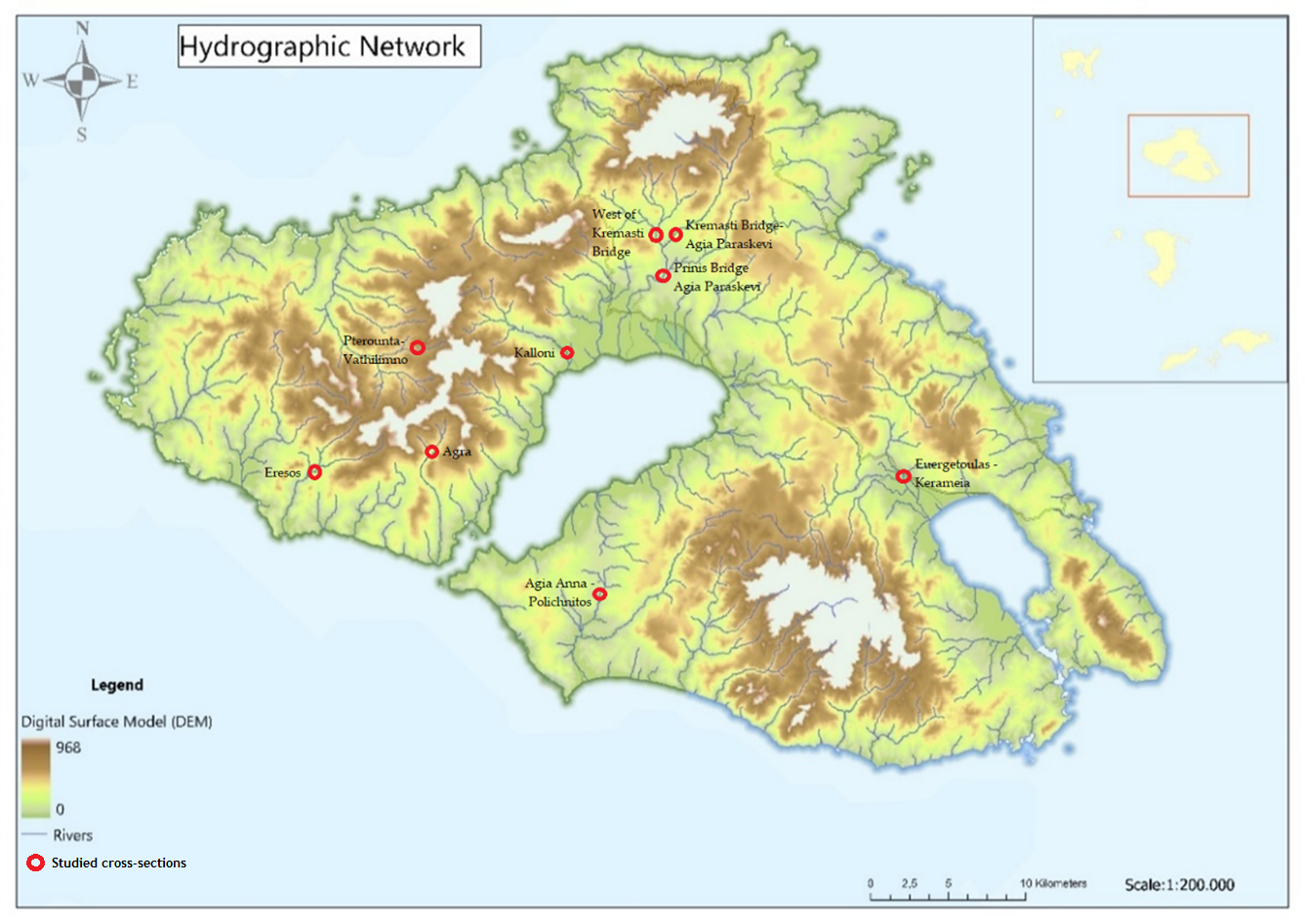Found 23 results
Review
09 September 2024Application of Polydopamine-Based Photocatalysts in Energy and Environmental Systems
Polydopamine (PDA) is also widely sought after in photocatalytic applications due to its fascinating properties such as simple preparation, templating agent, near-infrared absorption, high photothermal conversion efficiency, abundant functional groups, and strong chelating effect of metal ions. This review will present the structural features and synthetic methods of PDA, the advantages of PDA for photocatalytic applications (templating agent effect, light absorption properties, film-forming properties, hydrophilicity, conductivity, etc.), the modulation strategies of PDA for photocatalytic applications, and the use of PDA-based photocatalytic materials for solar-powered water purification (heavy metal adsorption and reduction, catalytic degradation of organic pollutants, and antimicrobial properties), hydrogen production, hydrogen peroxide production, CO2 reduction, and organic conversion. Finally, this review will provide valuable information for the design and development of PDA-based photocatalytic materials.
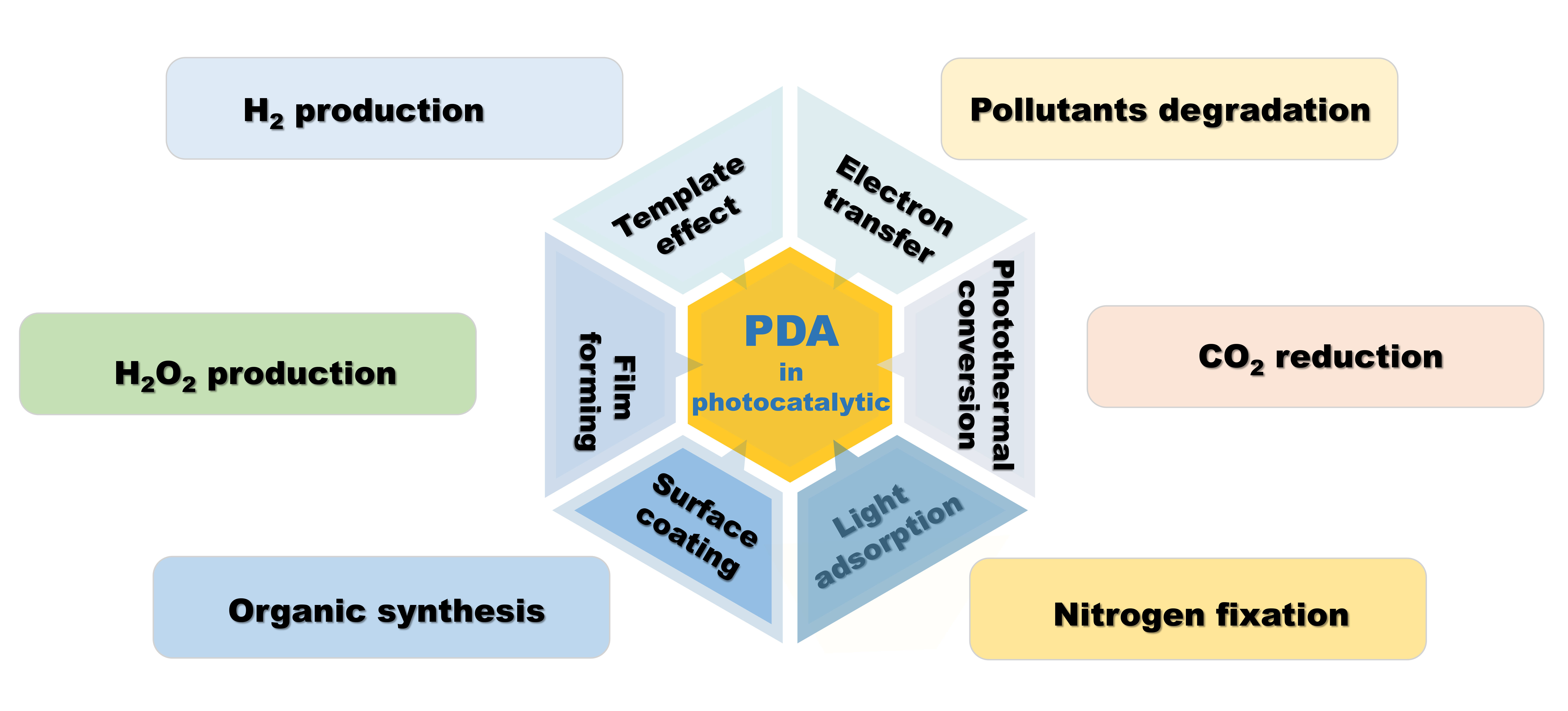
Article
02 September 2024Multi-Robot Cooperative Target Search Based on Distributed Reinforcement Learning Method in 3D Dynamic Environments
This paper proposes a distributed reinforcement learning method for multi-robot cooperative target search based on policy gradient in 3D dynamic environments. The objective is to find all hostile drones which are considered as targets with the minimal search time while avoiding obstacles. First, the motion model for unmanned aerial vehicles and obstacles in a dynamic 3D environments is presented. Then, a reward function is designed based on environmental feedback and obstacle avoidance. A loss function and its gradient are designed based on the expected cumulative reward and its differentiation. Next, the expected cumulative reward is optimized by a reinforcement learning algorithm that makes the loss function update in the direction of the gradient. When the variance of the expected cumulative reward is lower than a specified threshold, the unmanned aerial vehicle obtains the optimal search policy. Finally, simulation results demonstrate that the proposed method effectively enables unmanned aerial vehicles to identify all targets in the dynamic 3D airspace while avoiding obstacles.
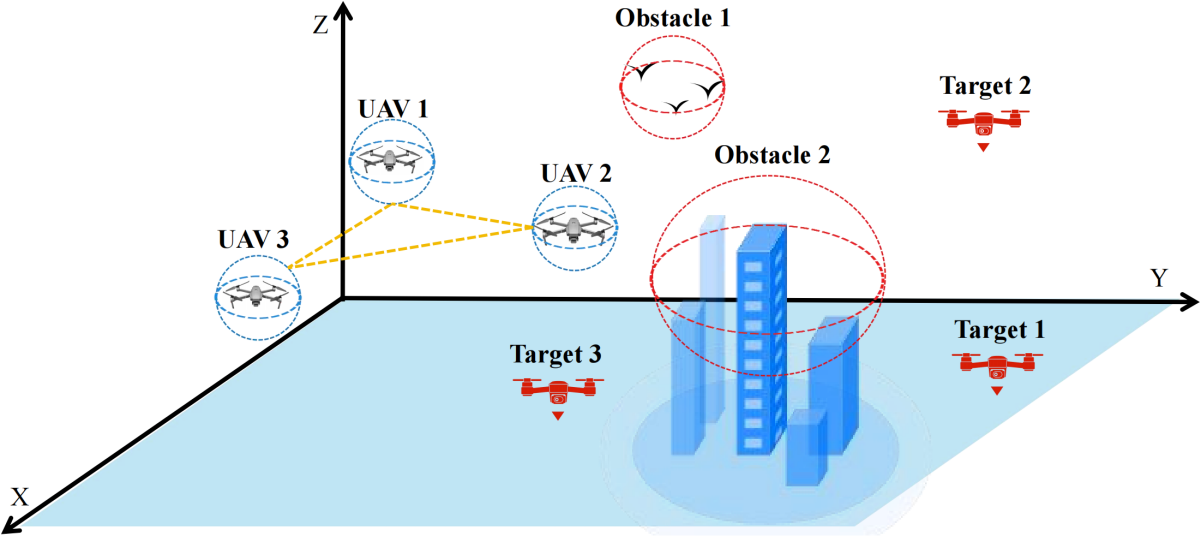
Article
15 August 2024Hazardous Gas Monitoring with IoT Enabled Drone in Underground Tunnels and Cavities
Considering the healthiness of the atmosphere in mining activities (e.g., tunnelling), two of the most important parameters to be monitored are the concentration of oxygen and the presence of harmful gases such as CO2. Traditional methods for their measurement are fixed platforms and portable gas detectors carried by miners; they are incapable of recognizing sudden or short-term pollution events or correctly accounting for the spatial scarcity of gases. A UAV (Unmanned Aerial Vehicle) device capable of guaranteeing the measurement and continuous monitoring of concentrations has been designed. By using innovative technologies, it promotes digitization in the mining sector. This approach replaces current methods that, while effective at detecting and measuring environmental parameters, are slow, routine, and heavily reliant on human input. It saves productive expenses in the sector since it reduces costs compared to hiring a field technician for activities such as analysis of environmental conditions. This saving is about 110 euros daily, representing a 32% saving per working day for each mining technical responsible for environmental control. It also obtains a 3D spatial distribution of contaminants, a high sample resolution and a high sample resolution.. It reduces inspection time in mining works and the data collection time by more than 50%. The ECODRONE project constitutes a contribution to the MINE THE GAP challenge is a project financed with European funds whose line of desire aims to combine the innovation and development of SMEs or business groups from different regions of the mining, raw materials and materials sector. This program is aimed at strengthening the existing value chains and developing new industrial ones while designing new procedures, automated technologies, information and communication flows, which increase efficiency in the consumption of resources. All of the above implies integration with a circular economy and respect for European and global efficiency policies aimed at sustainability, industrial modernization, human health and the environment.

Perspective
19 July 2024Disentangling Human Nature: Environment, Evolution and Our Existential Predicament
Throughout our entire evolutionary history, the physical environment has played a significant role in shaping humans’ subsistence adaptations. As early humans began to colonise novel biomes and construct ecological niches, their behavioural flexibility appeared as an unquestionable fact. During the Late Pleistocene-Holocene transition, the shift from foraging to farming radically altered ecosystem services, resulting in increased exposure to zoonotic pathogens and the emergence of structural inequalities that pervade our current human condition in the Anthropocene epoch. The article seeks to use an anthropological biosocial analysis to explore the diverse evolutionary paths humans have taken, which in turn shape their relationships with the natural world. Given the enigmatic nature of human behavior, it is essential to examine it holistically to understand how different subsistence patterns (e.g., intensive agriculture, foraging, and horticulture) have influenced resilience and adaptation to environmental challenges.
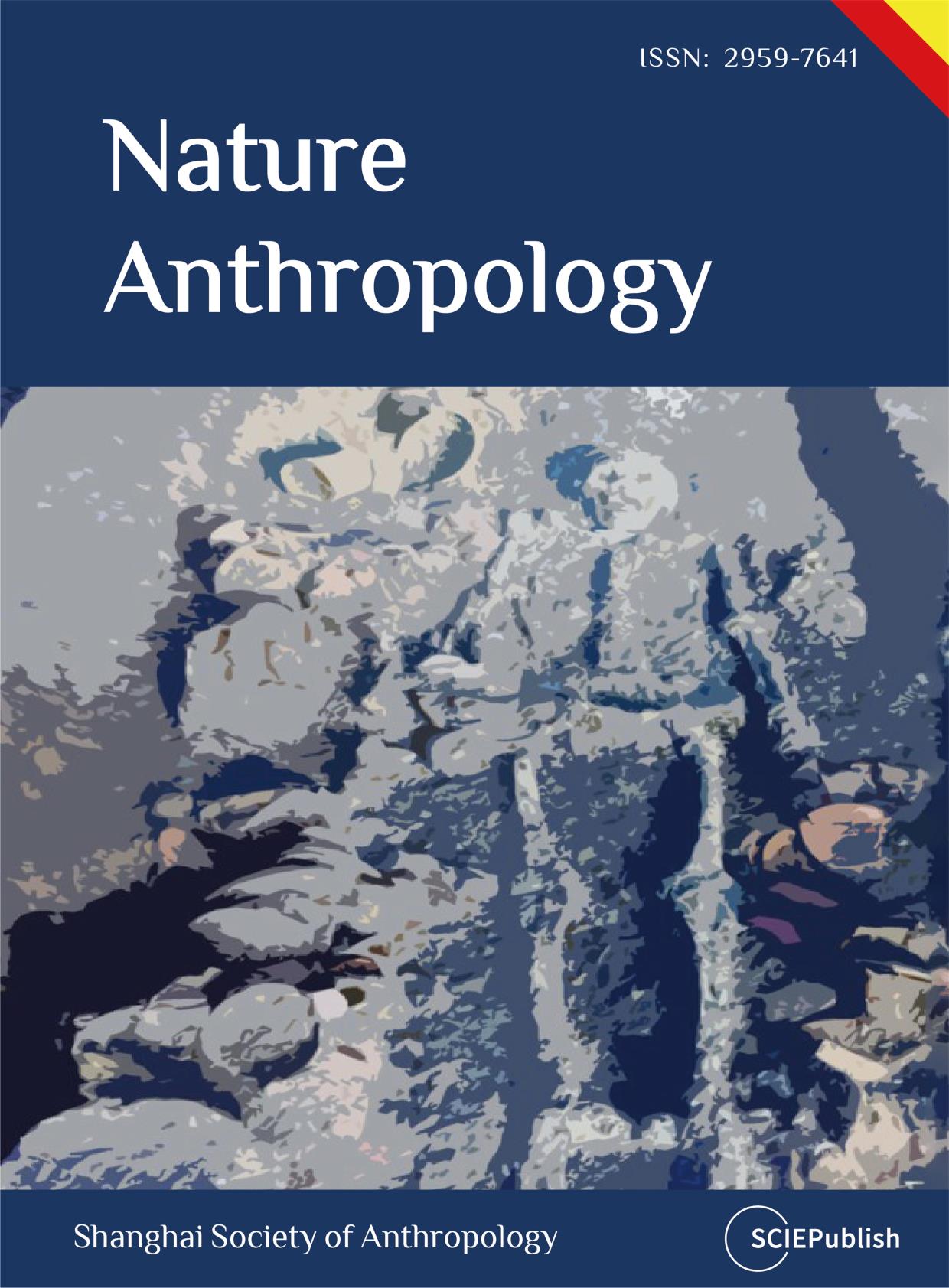
Article
11 June 2024Lathyrus aphaca Extract MnO Nanoparticles: Synthesis, Characterization, and Photocatalytic Degradation of Methylene Blue Dye
Our environment has been impacted by man-made pollutants mainly industries make substantial use of synthetic dyes which exhibit cytotoxicity and have significant environmental consequences. Effective photocatalyst-based approaches for degrading synthetic dyes into less toxic chemical are of great interest. Synthesizing nanoparticles (NPs) using biological approaches, particularly plant-based approaches offer advantages, decreasing the risk of NPs losing biocompatibility during synthesis, cost-effectiveness, and eco-friendliness. In this study, we employed a green synthesis method to produce manganese oxide nanoparticles (MnO NPs) utilizing leaf extract from the Lathyrus aphaca plant. The synthesized MnOx NPs were characterized through various techniques; X-ray diffraction (XRD), scanning electron microscopy (SEM), energy-dispersive X-ray spectroscopy (EDX), Fourier-transform infrared spectroscopy (FTIR), and UV–visible spectroscopy. XRD analysis showed distinct peaks, indicated the presence crystallographic planes within the MnO2 nanoparticles, thus confirming their crystalline structure. FTIR, showed the presence of the O-O stretching mode at a frequency of 719 cm−1, the presence of MnO6 oxides of manganese, and peak at 548 cm−1 corresponded to the Mn-O stretching mode. Furthermore, the green-synthesized manganese oxide nanoparticles exhibited promising photocatalytic and adsorption capabilities against Methylene Blue (MB) dye, leading to approximately 93% degradation of MB when treated with the green-synthesized MnO nanoparticles derived from plant extract. This highlights the efficacy and potential of these nanoparticles in environmental remediation applications, particularly in the degradation of methylene blue contaminants.
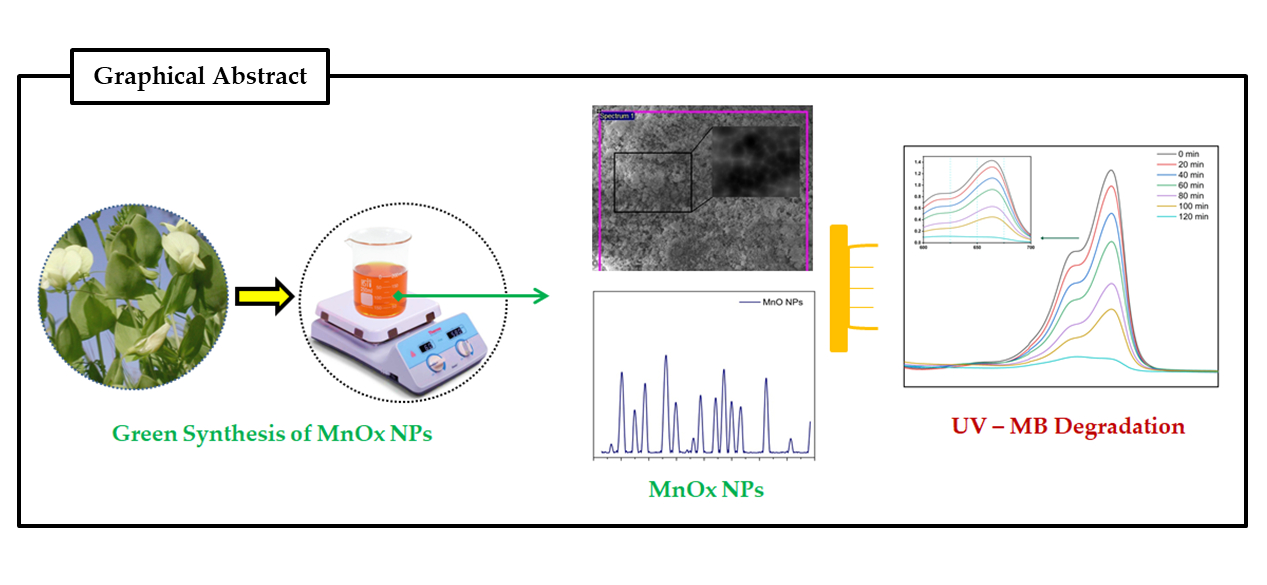
Article
23 May 2024Proposal for A Systemic Human Ecological Turn for Health Science and Medicine
Industrial development processes, accompanied by extreme growth processes, regards world population, pollution, food production and the exploitation of natural resources have caused severe ecological problems. This has been well known since 1972 through the study ‘The Limits to Growth’, in which humanity and the world society was called upon to make an ecological turn and to change its consumption model and the type of economic development that was not suited to finite natural resources (or a finite planet). However, the relationships between the state of the environment and human health have hardly been considered, although an ecological view of health was already proposed by Hippocrates, and as in the meantime, the technical terms “Environmental Health” and “Environmental Medicine” have become established at universities. It is only in recent times that global terms such as climate medicine, One Health, Eco Health, etc. have become powerful pragmatic and action-oriented initiatives. They can be understood as calls for a worldwide health-related ‘ecologization’ of (health) culture. Regarding these approaches we highlight theoretical and metatheoretical aspects, since in general, any real action is only as good as the analytical quality of the plan that serves as a guide for that action. From this point of view, we find that these approaches exhibit striking weaknesses. These are, among other things: the neglect of epistemological challenges combined with inconsistent conceptualizations of the category environment, the very superficial models of human beings, weaknesses of ecological frameworks in relation to the macro-, meso- and micro-eco-social levels of the targeted topics, and a vague notion of systems methodology. Following on from this, we call for an explicit social-/human-ecological framework (New Viennese School, Australian School) for environmental health issues as it has been established for decades in the field of environmental, sustainability and transformation sciences.
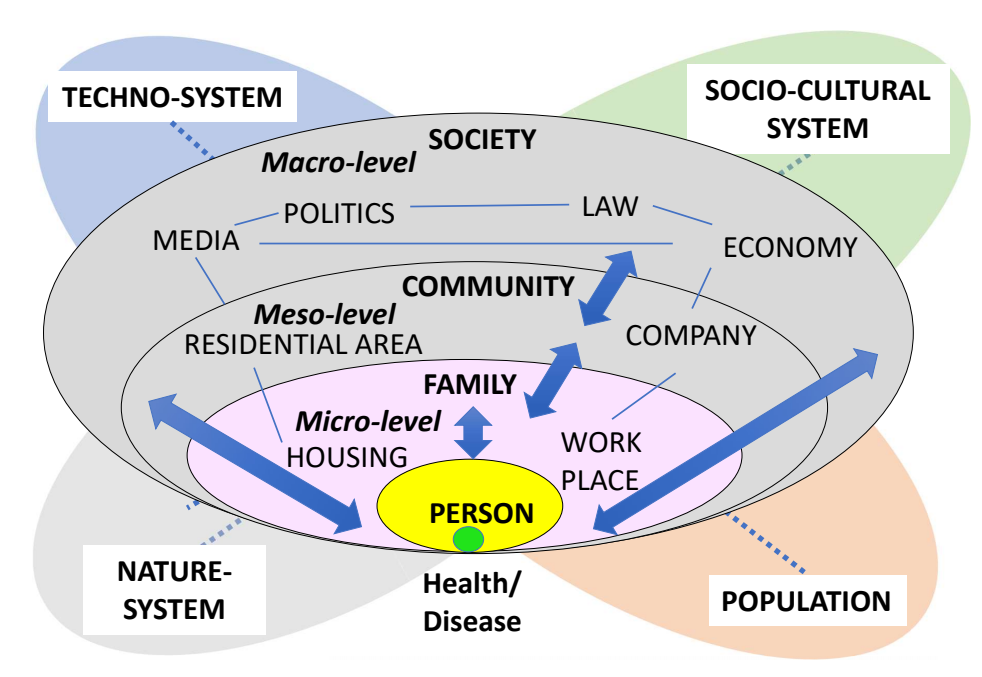
Article
06 May 2024Assessing Energy Emissions and Environmental Impact of Wool Processing: A Case Study of an Indian Textile Mill
The objective of this study is to investigate and analyze the effect of varying sources of energy inputs and their impact on carbon emissions during wool fiber processing. The method involved industrial visits to the textile wool processing mill and interaction with the manufacturing as well as commercial sourcing teams to gather relevant data. The results and outcome of this analysis indicate that wool wet processing is responsible for a significant carbon emission of about 0.031 tCO2e/unit of production. Coal as a source of energy has the highest carbon emission 0.066 tCO2e/product, while the use of biomass and Pressurized Natural Gas (PNG) had significantly lower CO2 emissions. Further, this study evaluated the scope 1 and scope 2 category emissions produced at the wool processing stage which accounted for 56303.2 tCO2e and 1817.10 tCO2e respectively.
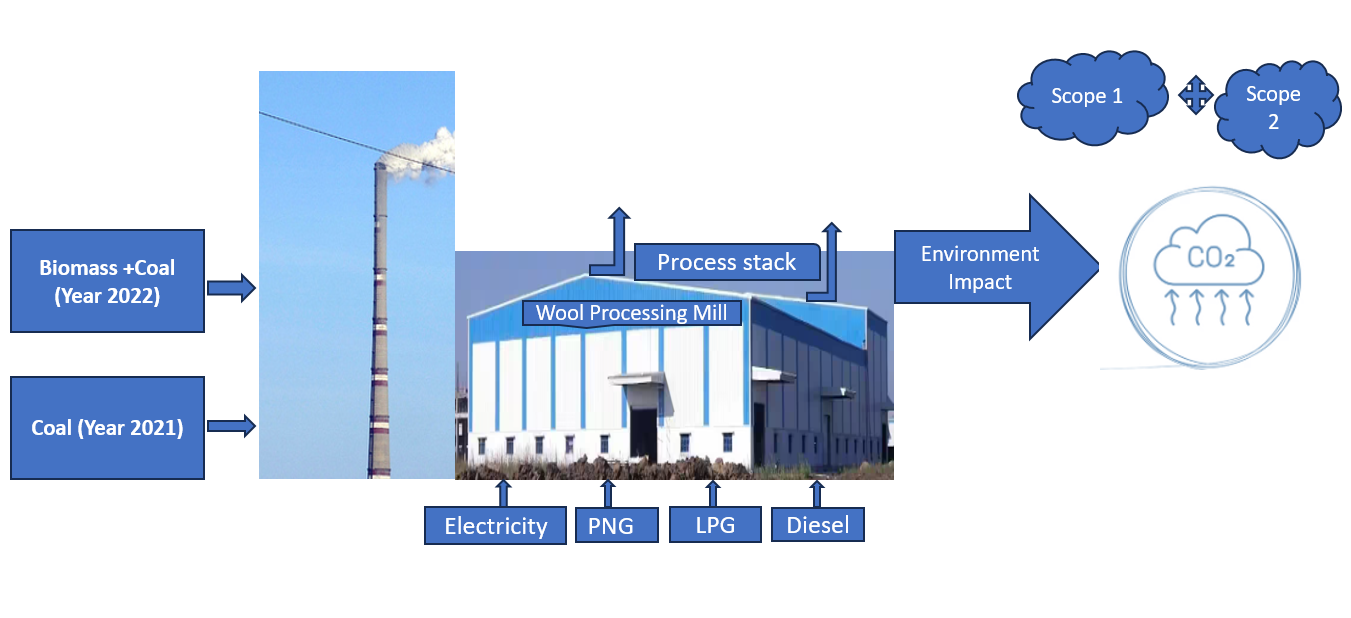
Article
15 April 2024Impacts on the Legal Framework for Protecting Environmental and Human Rights in Brazil due to Ideological Antagonism: The Interrelated Cases of the Yanomami and the Amazon Fund
The occupation of the Amazon is driven by capitalist production, impacting climate change discussions. Despite constitutional protections since 1934, the influx of non-Indigenous settlers, particularly miners, led to significant conflicts. The Yanomami sought international recourse through the Inter-American Commission on Human Rights (IACHR). In the context of redemocratization, the 1988 Constitution marked a shift, reinforcing Indigenous rights and environmental protection. Brazil’s role in protecting the rainforest intersects with global climate efforts, including the REDD+ mechanism. The creation of the Amazon Fund in 2008, aligned with REDD+ initiatives, involved international cooperation and local governance, leading to a substantial decline in Amazon deforestation between 2004 and 2012. However, exploitative practices endorsed by the State pose threats to environmental and human rights, notably affecting indigenous communities. Amid Brazil’s democracy crisis, deforestation surged in the Amazon from 2013–2022 and the Yanomami face conflicts fueled by State support for non-Indigenous groups. The Yanomami sought international recourse through the IACHR and the Inter-American Court of Human Rights. These issues are intensified by an ideological bias, linked to authoritarian populism rooted in the legacy of the Dictatorship. Recent initiatives aim to enhance environmental and human rights protection. However, political instability poses challenges for the future.
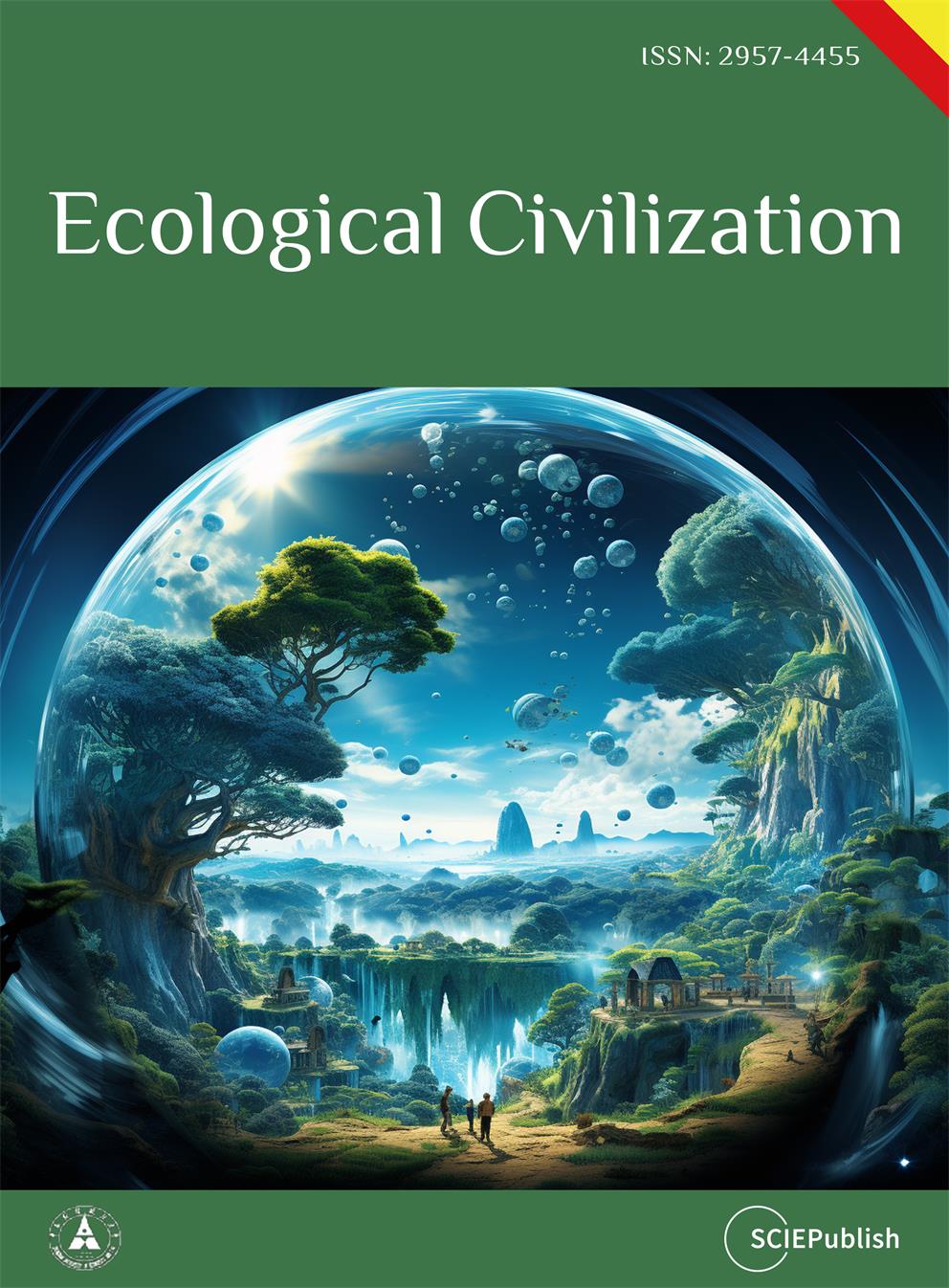
Review
02 April 2024Mapping the (in)Effective Enforcement of EU Environmental Law in Greece: Lessons from the EU and Domestic Courts
The effective implementation and enforcement of EU environmental law at national level constitutes a thorny issue with both legal and practical aspects. Greece is among the EU Member States which has historically faced difficulties in complying with the EU environmental acquis due to the poor functioning of the Greek administration, the limited manpower, expertise and resources (especially during the recent period of the economic crisis) for the competent authorities, the lack of political will, the low awareness of environmental problems. In this context, this paper aspires to unpack these enforcement challenges at the national level based on the case law of both the Greek Council of State and the Court of Justice of the European Union. Considering that waste management, nature protection, and water and air quality sectors are recognized as areas with the most significant deficiencies in implementation at the domestic level, the analysis will focus on these four key sectors. To this end, by reviewing the relevant EU and Greek jurisprudence, this paper aspires to identify the disparities between the formal requirements and the practical application of EU environmental regulations in Greece in light of the national political, economic, social, and cultural dynamics.

Article
27 November 2023Enhancing the Monitoring Protocols of Intermittent Flow Rivers with UAV-Based Optical Methods to Estimate the River Flow and Evaluate Their Environmental Status
Temporary streams are a key component of the hydrological cycle in arid and semi-arid regions, but their flow is highly variable and difficult to measure. In this paper, we present a novel approach that could be used to assess the flow of temporary streams this allowing to characterize their environmental status. Specifically, we apply the Image Velocimetry (IV) method to estimate surface velocity in temporary streams using Unmanned Aerial Vehicles (UAVs) equipped with optical sensors (IV-UAV method). The IV-UAV method enables the easy, safe and quick estimation of the velocity on the water’s surface. This method was applied in different temporary streams in Lesvos Island, Greece. The results obtained indicate that the IV-UAV can be implemented at low discharges, temporary streams and small streams. Specifically, the water depth ranged from 0.02 m to 0.28 m, while the channel width ranged from 0.6 m to 4.0 m. The estimated surface velocity ranged from 0.0 to 5.5 m/s; thus, the maximum water discharge was 0.60 m3/s for the largest monitored stream of the island. However, there were many occasions that measurements were unable due to various reasons such as dense vegetation or archaeological sites. Despite of this, the proposed methodology could be incorporated in optical protocols which are used to assess the environmental status of temporary streams of Mediterranean conditions. Finally, this would become a valuable tool for understanding the dynamics of these ecosystems and monitoring changes over time.
